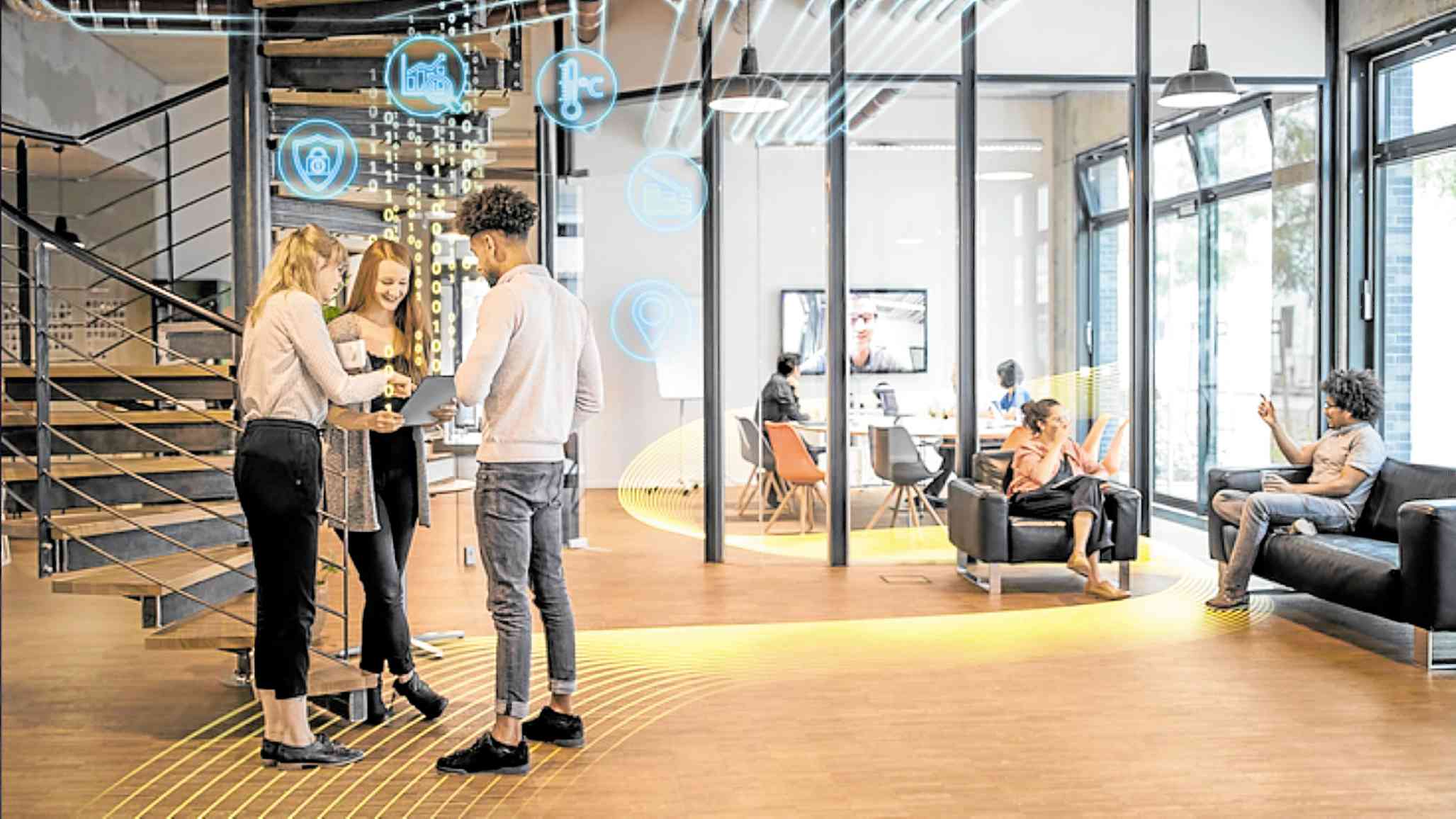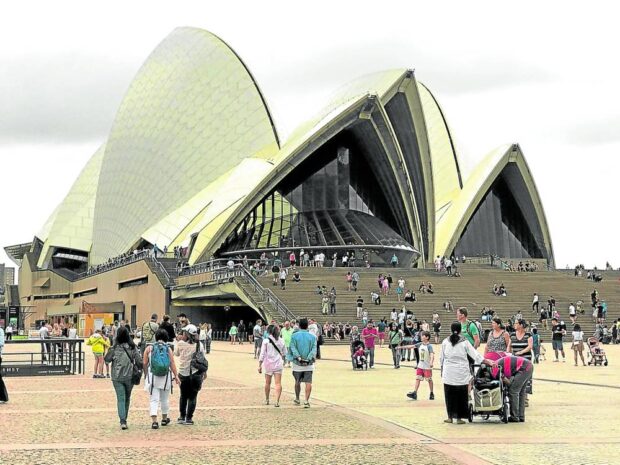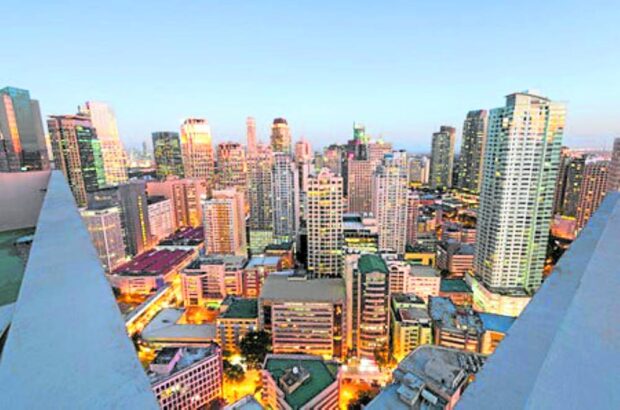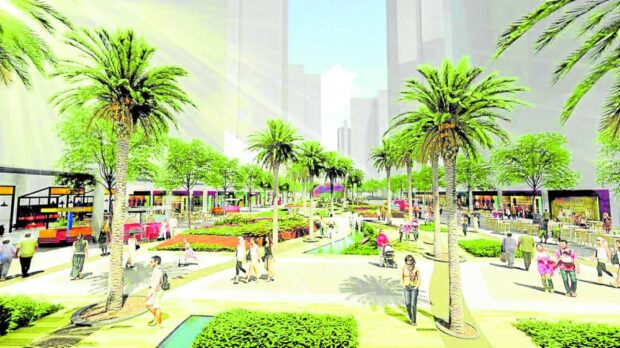Communicating with built spaces beyond hype, prejudices

Local belief and value systems can erode with the convergence of cultures in the online channels of communication. (HTTPS://BLOG.SIEMENS.COM)
The elements of the designed environment make up the array of visual stimuli that enable us to navigate spaces on a daily basis.
The lines delineating paths, planes defining territories, volumes designating enclosures, colors and textures conveying intents, and every large and small perceivable feature of our everyday spaces constitute the tangible expressions of messages that are meant to be understood. In the same way that words are composed into paragraphs for legibility and musical notes into melodies for appreciation, the built elements are combined to facilitate communication with the users of spaces.
The communicative power of architecture and landscape design manifests in people’s feelings and behaviors as they actively engage with spaces. Multi-directional communication ensues as people co-define spaces and as users influence each other while simultaneously interpreting and interacting with building and outdoor elements.

The communicative power of architecture manifests in people’s feelings and behaviors as they actively engage with spaces.
Levels of space-people communication
On a personal and household level, we interact with our built spaces while hoping to minimize experiences of misfits that affect productivity in work and creative endeavors.
The concept of anthropometrics, as forwarded by Georges Cuvier in the 18th century, guides the allocation and organization of areas based on the human body. Varying abilities and challenges due to age, gender, health, and other physical attributes call for different space design permutations.
Communal spaces are supposed to enable exchanges of ideas, chance encounters, and access to public amenities. Community sense is created by spaces that allow collective thinking and action-taking. The fulfillment of urban development and nation-building goals has a lot to do with enabling spaces that accommodate innovation.
Asserting presence in the international communication network is often aided by landmark buildings and developments that speak of abilities to participate in global affairs.

Neighborhood quality, which is largely defined by social parameters, is
Communication filters
The nature and quality of communication are determined by many layers of filters that are formed over time.
Personal screens are due to experiences, educational background, beliefs, and value systems that all account for unique engagements with spaces. Social constructs (Berger and Luckman, 1966) that are attributed to shared meanings are formed out of shared contexts. Living in the same geographical space usually becomes a strong basis for common patterns of communication.
Biases, prejudices, and stereotype-based thinking are among the individual or community filters that figure in the processing of information drawn from people-space encounters. The culture-based perceptions and place associations influence decisions that manifest in land uses and settlement patterns.

Communal spaces are supposed to enable exchanges of ideas, chance encounters, and access to public amenities.
Spatial outcomes
Building types, location preferences, and price structures are shaped by these filters that wane or become stronger through the years.
Visible outcomes include the natural segregation of populations based on homogeneity. The need to belong, the quest for prestige, and the desire for socially accepted associations direct investment activities to exclusive developments that cater to people who are willing to pay the premium for these benefits.
Neighborhood quality, which is largely defined by social parameters, is one of the important components of the real estate pricing equation. Price is a determinant of location and development density that underlie urban form.
Trendy lifestyles and consumer items that become part and parcel of the packaging of properties for sale also get translated to building and land use typologies.
Communication platforms as present day filters
The changing context of communication has fed into the filtering process, and the influence of society on personal choices has become more intense in recent years.
With the growing reliance on social media, people are flooded with tons of hyped-up information which adds layers to the perception filters. The emergence of the so-called influencers, the online platforms for sharing commendations and criticisms, and the widening reach of communication technology all find their way into individual thought processes.
Where people want to live, where organizations prefer to establish businesses, and where communities wish to engage are more than ever swayed by social constructs as collective biases and prejudices are reinforced.
The value, pitfalls of social pressure
Individual thought processes may easily get overwhelmed by peer and societal pressures. All the public bashing and praising with immense online support can limit the windows for individual decision-making.
Local belief and value systems can erode with the convergence of cultures in the online channels of communication. The difficulty in deciphering reality in a sea of information also blurs the thought process.
Meanwhile, we can make the added layers of information work for us. Access to data, for example on disaster-risk areas, accounts for more informed choices. More members of the community get into the communication loop and this can lead to inclusive decision-making. Assuming a critical stance amid all the inputs we receive rather than succumbing to social pressure will result in designed spaces that truly cater to human sensibilities.
Intrapersonal communication, which involves talking to one’s self (McLean, 2005), should not be lost as we are getting more interconnected. Both private and public spaces are after all hinged on the unique attributes of individual persons.
References: Berger, Peter L. and Thomas Luckman (1966). The Social Construction of Reality: A Treatise in the Sociology of Knowledge. New York: Anchor Books; McLean, S. (2005). The Basics of Interpersonal Communication. Boston, MA: Allyn & Bacon
The author is a Professor at the University of the Philippines College of Architecture, an architect and environmental planner
